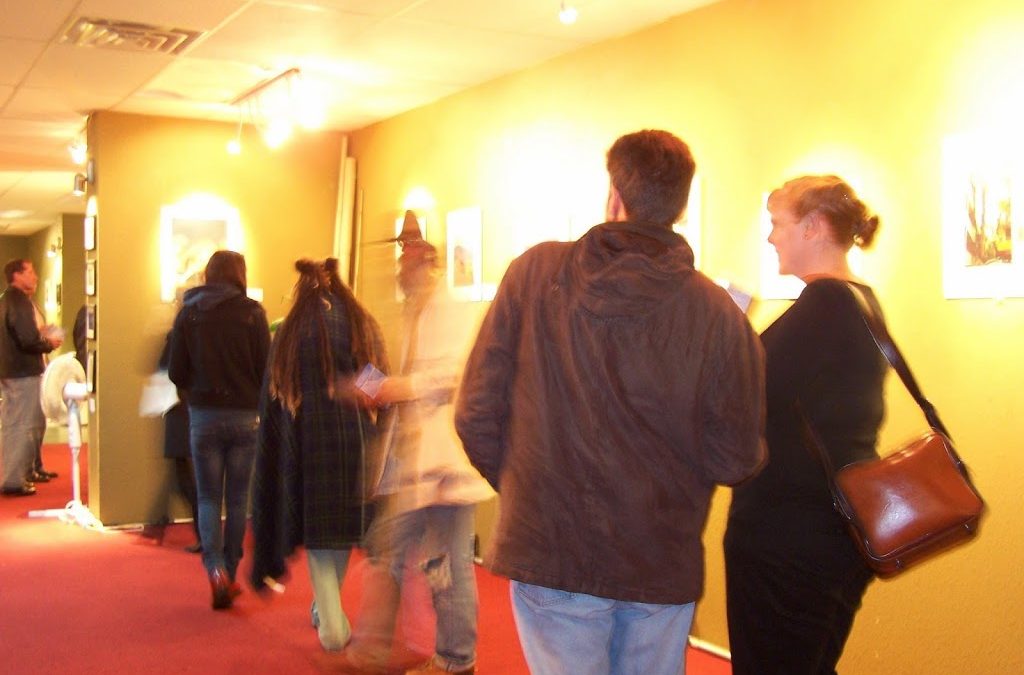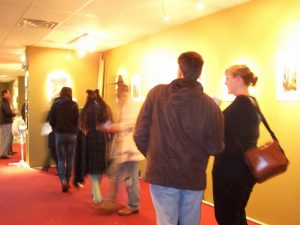Art isn’t always frame-able or something that can be attached to a wall. We create art by how we live out our days. The whole environment around us is artistic – presented to us and appreciated by us. It’s always speaking to us and we in turn respond.
The significance of ART to our spirits and contributions to our societies can hardly be fully defined or grasped. Art is both an instrument and reward, both cause and effect. But art is also a symbol of things unseen by the naked eye and a metaphor for how we perceive things. Art initiates conversation, opens minds, moves spirits, and yet leaves an air of mystery that lingers. In this regard, art isn’t just ‘art’ but something that stirs the soul and awakens the psyche.
Also exemplifies the importance of our visual world, which is perhaps the biggest mural of all – with details, expressions and stories that are constantly in flux; a performance art of how we live and appreciate our lives. The whole environment is an artistic expression in a way.
We may pay more attention to art we’re consciously creating, but how we exist from day to day is also an art form – not only in the doing, but in what is then created around us. This kind of art isn’t something we make alone; it’s not a private affair but something we co-create with our environment. We’re in a public work of art. When we consciously create it, we get a better sense of who we are.
Observing this world, our lives and our place in both, we are showing that we are cognizant of what’s blooming, morphing and withering before us. This awareness in an art form in itself that again proves art is everywhere and in everything. And we can harness this process of appreciation and creation in all aspects of life. But there is a simple elegance in the initial observation of what’s around us.
When we are aware of even the mundane-seeming things we become more centered, calm and awake. By seeing how everything exists in and of itself and then takes its place – such as animals or rocks or clouds, for instance – we are relating to things visually and getting a sense of space from them. We are ingesting the whole picture – how it is arranged and how it feels to us – rather than simply one artful or questionable detail at a time.
When it comes to art, appreciation doesn’t mean you have to love each piece you see. You just have to consider it. Appreciating life should be like this as well. You don’t have to judge everything you observe or feel; just consider it for what it is and how it might fit in the scheme of things. See how you are not bound to it, and yet how you might affect each other conversely nonetheless.
With Dream Life Designing, for instance, we are tapping into the psychological realm of dealing with the thoughts and emotions behind things. We are putting form to our thoughts and emotions so we can better observe them. “Everything has some kind of form and some kind of landscape, a sense of placement, foundation and order,” Stephen says. “And there’s always a mandala of enlightenment in every landscape.”
“Emotions,” he adds, “are embedded in the environment, not just our brains. The heart and brain are transmitting and receiving what’s around them, but they are not generators; they are co-conspirators with the environment, such as elemental energies like water, wind and fire. We do not control the process, but nor should we become passive receivers only. We are in relationship when we’re interacting with what’s around us.” We might want to occasionally ask ourselves if those relationships are harmonious.
To know who you are, what you’re thinking and feeling – while profound insights can be gleaned from psychological exercises – full awareness cannot merely be found in the head. We have to go out into the world to discover who we are in relation to other forms of existence. Because we do not thrive being contained creatures, nor are we totally separate from what’s “out there”. There is a balance to achieving harmony in our days, and this is the fine “Art” of Living.




